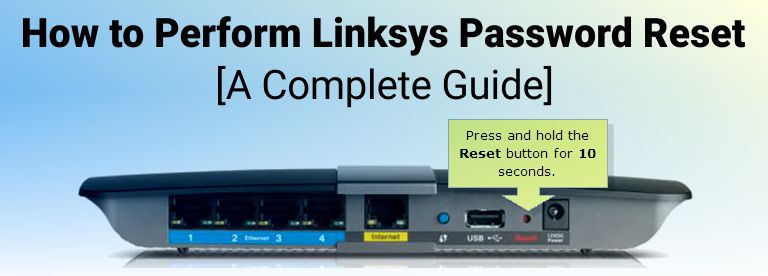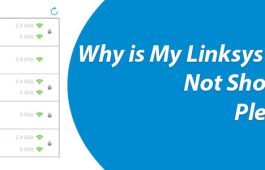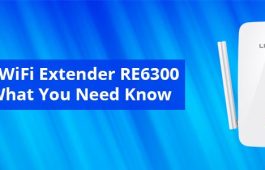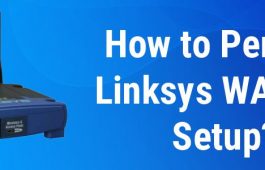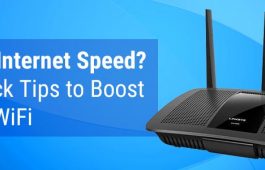Linksys WiFi range extenders are great devices helping you amplify the range and coverage of your current WiFi network. After setting up a Linksys WiFi network, the next step is to secure it. And for that, you need to change its default admin password. However, lots of users forget the password after changing it and explore Google searching for ‘how to perform Linksys password reset?’.
Is the same query boggling your mind too? If so, you have (fortunately!) found the right post. This guide will walk you through each and every step involved in the Linksys extender password reset process. Scroll down to read more.
Linksys Password Reset
In order to reset your Linksys extender password, you need to restore all the factory default settings of your extender. But after resetting, all customized settings of your Linksys range extender will be deleted. It will just become like new. So, there is a need to reconfigure the extender’s settings as per your requirements. That’s why, you have to change the admin login password to something more secure after resetting your Linksys WiFi range extender.
Let us tell you that restoring the default settings and changing the password of Linksys extender are two different processes. And you have to perform these two processes. Let’s delve in.
Restore the Factory Default Settings of Linksys Extender
Below-given is a step-by-step guide to restore your Linksys extender’s default settings:
Step 1 – Plug your Linksys WiFi range extender into a wall socket and power it on.
Step 2 – Be sure that your extender is receiving fluctuation-free power supply from the wall socket.
Step 3 – Press and hold the Reset button on your extender.
Step 4 – Wait for the Linksys extender to reboot properly.
Bonus Tip: You can also access the default web-based http // extender.linksys.com page to restore the default settings on your extender.
And that’s it! You are all done with the Linksys password reset process. Now, you need to use the default Linksys password to log in to your extender. However, as we have already mentioned, you have to change the default Linksys extender password to make your WiFi network secure.
Just in case you experience any issue while resetting your Linksys extender, contact our technical experts now! They would be glad to fix the issue for you.
Change Linksys Extender Password
As soon as you are done with the Linksys password reset, go through the below-highlighted steps and change your Linksys extender’s default password to something more secure:
- Position your Linksys WiFi range extender in a central location of your home. Better, if you can keep it away from interference-creating objects like metal objects, electronic gadgets, reflexive surfaces, and water resources.
- Next, put your extender on power.
- Turn on your PC or laptop.
- Open your favorite web browser and make sure that it is running on its most recent software version.
- Head over to the default Linksys extender setup page using the default admin password and username.
- Afterward, go to the Administration section.
- Hit the Extender Password option and enter the new password.
- Re-type the password for security purposes.
- At last, click on the Save button before leaving the web page.
Congrats! In this manner, you can change the default password after performing the Linksys password reset process. Keep in mind to use special symbols, random alphabets and numbers while creating a password. Don’t ever include your personal data like your name, birthday, wedding anniversary, home address, and phone number in the password. In case you find any trouble while doing the Linksys password reset process, get in touch with our highly qualified technicians. Our experts will surely help you out.
Disclaimer: Linksyssmartwifi.site is an information provider. It is not affiliated with any third-party brand or manufacturer. Linksyssmartwifi.site provides information on troubleshooting issues related to various extenders, routers and similar networking devices. Our services are provided only on demand to users.
